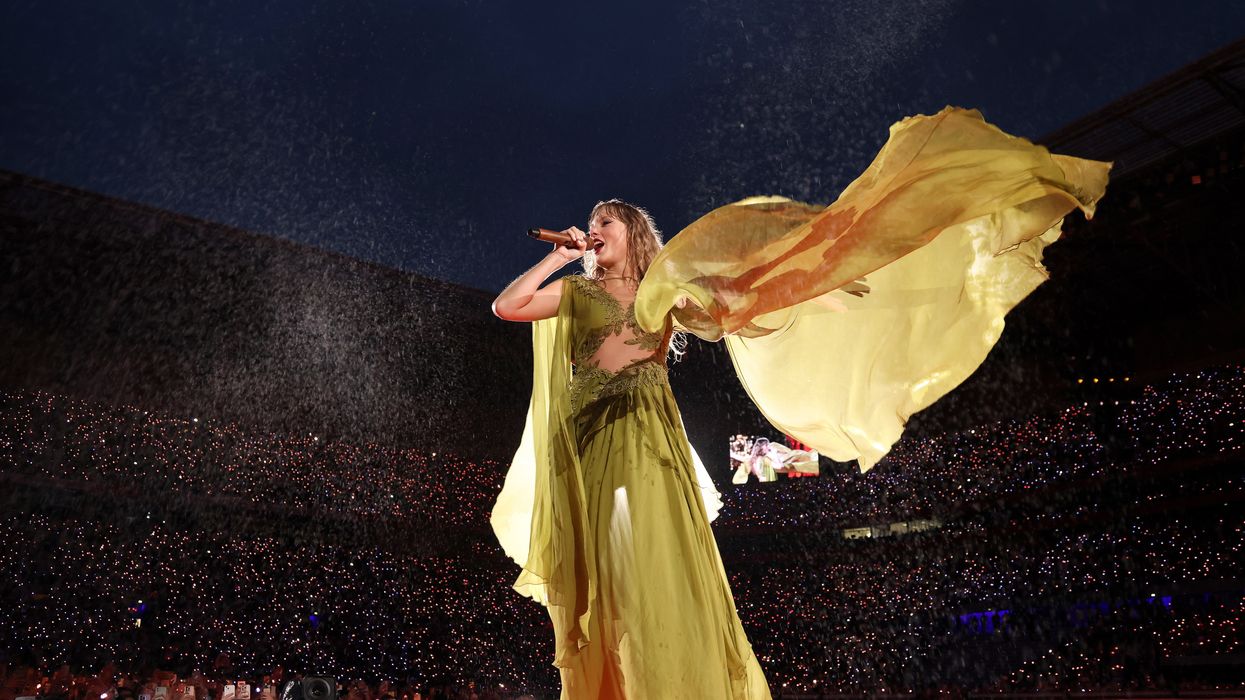Daley-Harris is the author of “ Reclaiming Our Democracy: Every Citizen’s Guide to Transformational Advocacy ” and the founder of RESULTS and Civic Courage. This is part of a series focused on better understanding transformational advocacy: citizens awakening to their power.
In my last writing, I discussed how Taylor Swift’s first involvement in politics (during the 2018 midterm election in Tennessee) was prompted, in part, by her harrowing experience in a sexual assault trial. That year Swift endorsed Republican Sen. Marsha Blackburn’s opponent in Tennessee’s U.S. Senate race, Rep. Jim Cooper (D). It wasn’t an easy decision.
“I’ve been reluctant to publicly voice my political opinions,” she wrote in an Instagram post, “but due to several events in my life and in the world in the past two years, I feel very differently about that now. I always have and always will cast my vote based on which candidate will protect and fight for the human rights I believe we all deserve in this country. I believe in the fight for LGBTQ rights, and that any form of discrimination based on sexual orientation or gender is WRONG. I believe that the systemic racism we still see in this country towards people of color is terrifying, sickening and prevalent.”
In the post, Swift urged fans to register to vote — and within 24 hours nearly 65,000 people registered. A day later the number grew to 102,000. The election delivered good news for some and disappointment for others. Swift addresses the disappointment in her Netflix documentary, “Miss Americana,” which includes scenes of her writing her post-election song “ Only the Young.”
“The first verse I want to be all about like hearing the news,” she tells Joel Little, her co-writer and producer. “You know, if you were a kid who, like, loved Beto [O’Rourke] and thought that was the future of Texas or you really thought Stacy Abrams was going to win and you went door to door and you were trying to make it happen and then she still gets beat.”
The song begins:
It keeps me awake
The look on your face
The moment you heard the news
You're screaming inside
And frozen in time
You did all that you could do
The game was rigged, the ref got tricked
The wrong ones think they're right
You were outnumbered, this time
“[W]e have, what, 3 to 4 million people turning 18 … before the next [election],” she said, as she addresses being outnumbered. “[I]t’s basically saying don’t lose hope. Don’t get [discouraged].”
Then she starts writing the chorus.
“I have this idea. Called ‘Only the Young.’ [Swift sings] But only the young, Only the young, Only the young, Only the young can run.”
“That’s basically saying ‘resist.’ If you can, just shift the power in your direction by being bold enough, then it won’t be like this forever. Run, break away from this. Like you can run from fascism.”
I believe she’s also saying run away from the powerlessness, run away from the feelings of hopelessness. You can do this! We can do this.
Last time, I wrote that the youth vote in the 2022 midterm elections was the second highest on record. 2018, the year Swift got involved publicly, was the highest youth turnout in a midterm election with 28 percent of youth voting.
Andrea Hailey, the CEO of the nonpartisan Vote.org, said that about 80 percent of the people who Vote.org registers actually cast ballots in the next election.
Maybe it’s time to release our inner Taylor Swift and help the young people in our lives see the importance of registering to vote and then actually voting. It might be a small first step, but it’s an important step toward having citizens awaken to their power.























